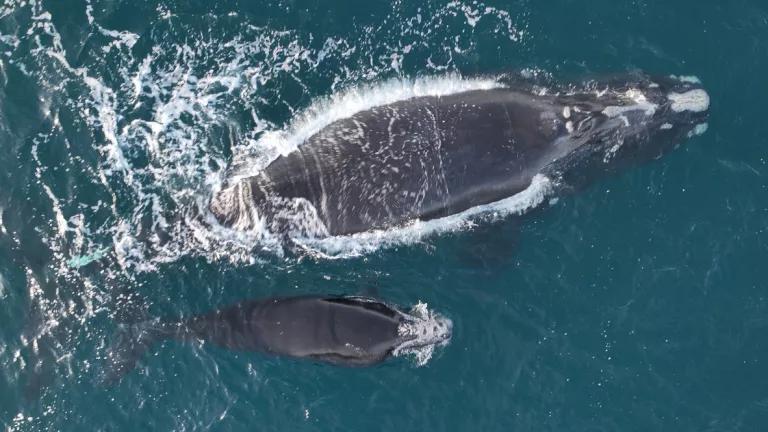It’s been a while since I’ve posted about our work on bats and whitenose syndrome, but what better day than Halloween for an update. Fortunately, this year the news is not all bad. While whitenose syndrome, the fungus that has caused widespread bat deaths across the eastern half of the US, continues to spread – affecting more counties and even more species of bats – research to address this crisis, and efforts to support that research, are gaining traction.
Much attention has been given, for example, to the artificial cave that was recently constructed in Tennessee thanks to The Nature Conservancy. One of the greatest challenges to treating bats with whitenose syndrome in the wild is that cave environments are naturally full of many (as in hundreds of) different types of “good” fungi that could also be damaged. So the idea behind the artificial bat bunker is to create a whitenose syndrome-free environment in which bats can overwinter that could then be treated with anti-fungal agents during the summer so that each winter it is again free of whitenose syndrome. Infected bats may bring whitenose syndrome into the cave-like bunker and could potentially spread it to other bats, but the spores from the fungus would not be allowed to accumulate in the cave itself – one of the sources for the fungus in natural caves. As Cory Holliday, coordinator of the Nature Conservancy’s cave research and protection efforts, explains, “In a normal cave, you don’t see bat mortality until about three years after you see the fungus in there.” Removing the cave environment as one of the potential sources for the fungal infection could be enough to give the bats a chance of surviving each winter.
The artificial cave is expensive – costing approximately $300,000, but if it proves to be successful at providing a disease-free refuge for hibernating bats it could serve as an important model that could be replicated in key areas. Ultimately, it could be invaluable in this race against time to save endangered bat species as well as the economically important ecological services that bats in general provide.
The cave can also provide an opportunity for scientists to conduct other experiments that would not be possible in the natural environment. The idea for this cave and for all the other research angles that could possibly help stop the spread of whitenose syndrome is precisely why NRDC and our coalition partners have been working for the past several years to support increased federal funding for the research and management of whitenose syndrome. Considering the financial constraints in Washington these days, we’ve had considerable success and we will continue to push for dedicated resources to address this issue until the future of bats in our country is no longer such a scary thought each Halloween.
You can tell your representatives that you support funding for efforts to address whitenose syndrome here.




